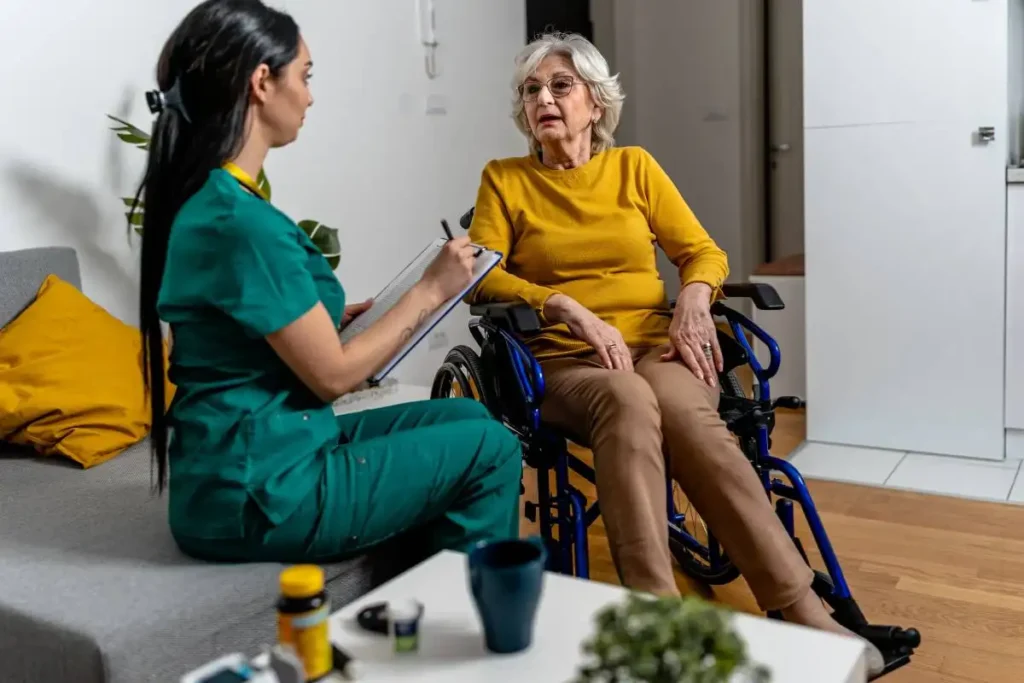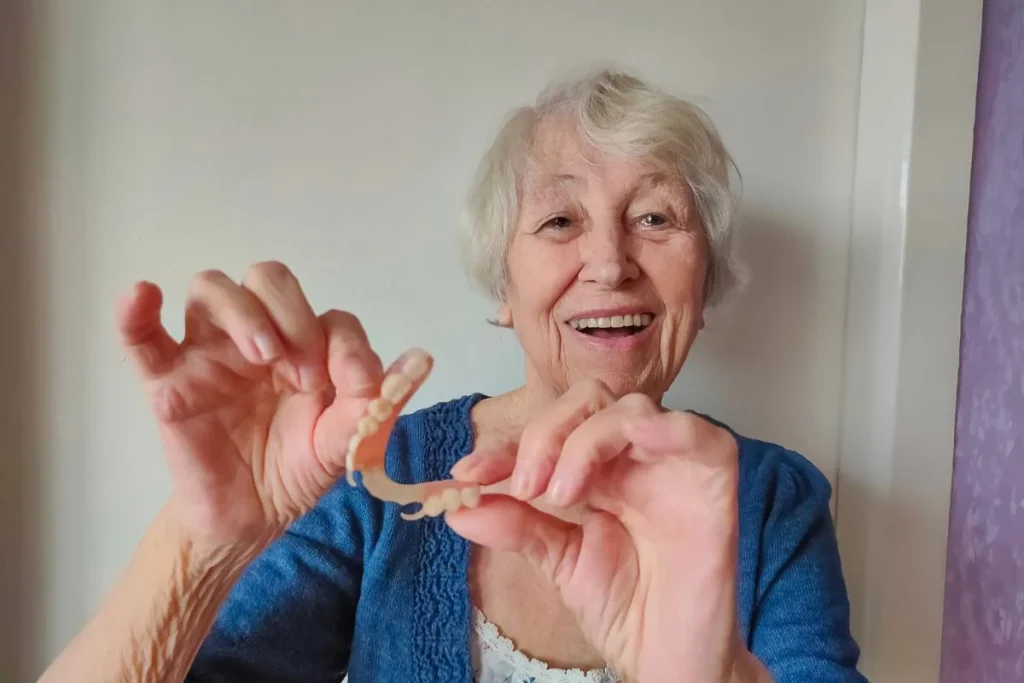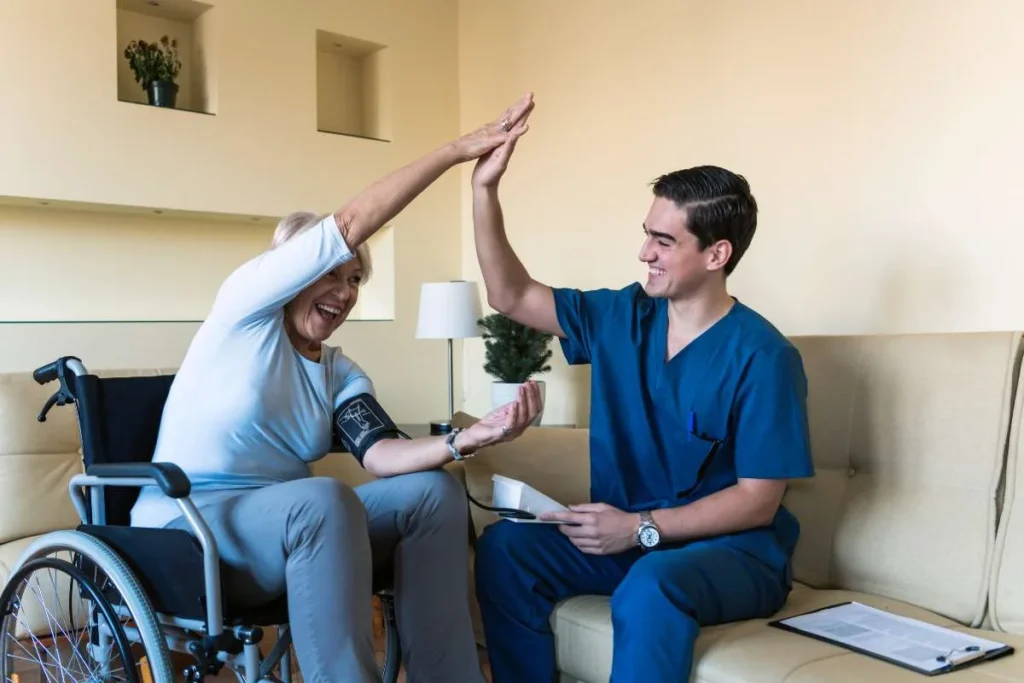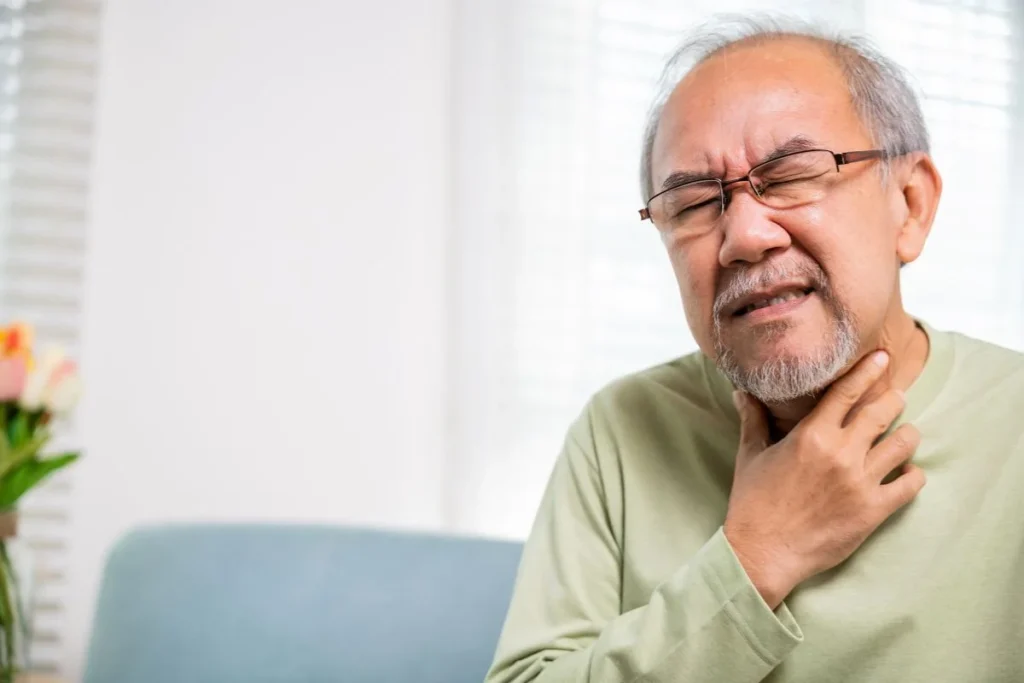Imagine: You’re watching your favorite show, and suddenly, you hear a thud from upstairs. Your heart races as you rush to check on your elderly parent. Scary, right? That’s why fall prevention assessments are becoming a hot topic.
The Hidden Dangers Lurking in Your Home
Our homes, those cozy havens we love, can sometimes be treacherous for older folks. Loose rugs, poorly lit stairways, and slippery bathroom floors – they’re like hidden traps waiting to cause a tumble. An in-home fall prevention assessment helps spot these sneaky hazards before they cause trouble.
These assessments aren’t just about moving furniture around. They’re a comprehensive look at how we can make our living spaces safer. Think of it as giving your home a safety makeover, tailored specifically for the needs of older adults.
Why Bother with Professional Assessments?
Now, you might be thinking, “Can’t I just do this myself?” Well, you could, but there’s more to it than meets the eye. Professional assessments bring expertise to the table. These pros have seen it all and know exactly what to look for.
They don’t just check for obvious dangers. They consider things like how medications might affect balance, or how certain health conditions could increase fall risks. It’s like having a detective and a doctor rolled into one, scrutinizing every nook and cranny of your home.
Breaking Down the Costs
Alright, let’s talk money. The cost of an in-home fall prevention assessment can vary widely. It’s like trying to pin down the price of a custom-made suit – it depends on a lot of factors.
The Price Tag
Generally, you’re looking at anywhere from $100 to $500 for a comprehensive assessment. Now, before you start clutching your pearls, remember that this isn’t just someone walking through your house with a checklist.
These assessments often include:
- A thorough evaluation of your home environment
- Assessment of the individual’s physical abilities
- Recommendations for home modifications
- Personalized fall prevention strategies
Some services might even throw in a follow-up visit to check on implemented changes. It’s like getting a personal safety consultant for your home.
Factors That Influence the Cost
Just like in a Shakespearean play, there are many acts to this cost drama. Here are some factors that can sway the price:
- The size of your home
- The complexity of the assessment
- The qualifications of the assessor
- Your location (city slickers might pay more than country folks)
- Additional services included (like written reports or follow-up visits)
It’s a bit like ordering a pizza – the more toppings you add, the higher the price. But in this case, those extra “toppings” could be life-saving additions.
DIY vs. Professional
Now, you might be tempted to channel your inner handyman and tackle this assessment yourself. After all, who knows your home better than you do? But hold your horses – there’s more to consider.
The Pros of Going Pro
Professional assessments bring a level of expertise that’s hard to match. These folks have seen hundreds of homes and know all the tricks of the trade. They can spot risks that might not even cross your mind.
Plus, they’re up-to-date on the latest fall prevention techniques and technologies. It’s like having a tech whiz help you set up your new smartphone – they know all the cool features you might miss on your own.
The DIY Approach
On the flip side, doing it yourself can save you some cash. And let’s face it, nobody knows your loved one’s habits and preferences better than you do. You might catch things a pro might miss, like that one weird step your dad always trips on.
But here’s the rub: without professional training, you might overlook crucial safety issues. It’s a bit like trying to diagnose a car problem without being a mechanic. You might catch the obvious stuff, but miss the underlying issues that could cause bigger problems down the road.
Insurance and Assessments
Now, let’s talk about everyone’s favorite topic: insurance. (Cue the dramatic music.) Will your insurance cover the cost of an in-home fall prevention assessment?
Medicare and Medicaid
Here’s the deal: Medicare typically doesn’t cover home assessments specifically for fall prevention. But don’t throw in the towel just yet! They do cover other services that can include fall risk assessments, like:
- Annual wellness visits
- Physical therapy evaluations
- Occupational therapy assessments
Medicaid coverage varies by state, so you’ll need to check your local rules. Some states offer home and community-based services that might include fall prevention assessments.
Private Insurance
Private insurance is like a box of chocolates – you never know what you’re gonna get. Some plans might cover these assessments, especially if they’re part of a larger health evaluation. Others might offer partial coverage or discounts.
Your best bet? Give your insurance company a ring and ask about their policies. It’s like calling tech support – sometimes you have to ask the right questions to get the answers you need.
The Hidden Costs of Not Getting an Assessment
Now, let’s put on our detective hats and look at this from another angle. What’s the cost of not getting an assessment?
The Price of a Fall
Falls can be expensive – and I’m not just talking about the medical bills. There’s the cost of:
- Emergency room visits
- Hospital stays
- Rehabilitation
- Ongoing care
- Lost wages for family members providing care
It’s like a domino effect – one fall can set off a chain reaction of expenses. And that’s not even counting the emotional toll on the person who fell and their loved ones.
Long-Term Care Costs
Here’s a sobering thought: a serious fall could lead to the need for long-term care. We’re talking about assisted living facilities or nursing homes. And those don’t come cheap.
The average cost of a private room in a nursing home? Over $100,000 a year. Suddenly, that $500 assessment doesn’t seem so steep, does it?
Making the Most of Your Assessment
Alright, so you’ve decided to go for it. How do you make sure you’re getting your money’s worth?
Preparing for the Assessment
Preparation is key. Before the assessor arrives:
- Make a list of concerns you have about fall risks in your home
- Gather any relevant medical information
- Be ready to discuss daily routines and habits
- Clear clutter to ensure the assessor can see all areas of your home
It’s like prepping for a job interview – the more prepared you are, the more you’ll get out of it.
Follow-Through
Getting the assessment is just the first step. The real value comes from implementing the recommendations. It might mean:
- Installing grab bars in the bathroom
- Improving lighting in dark areas
- Rearranging furniture for better mobility
- Considering assistive devices like canes or walkers
Think of it like following a doctor’s prescription – the medicine only works if you take it as directed.
Beyond the Assessment
An in-home fall prevention assessment is a great start, but it’s not a one-and-done deal. Fall prevention is an ongoing process.
Regular Check-Ins and Updates
As we age, our needs change. What works for fall prevention today might not be enough next year. Consider:
- Annual reassessments
- Regular check-ups with healthcare providers
- Staying updated on new fall prevention technologies and techniques
It’s like maintaining a car – regular tune-ups keep everything running smoothly.
Lifestyle Changes for Long-Term Safety
Fall prevention isn’t just about your environment – it’s also about staying healthy and active. Some key lifestyle factors include:
- Regular exercise to improve strength and balance
- Proper nutrition for bone and muscle health
- Regular vision check-ups
- Medication reviews to minimize side effects that could increase fall risk
Think of it as a holistic approach to safety – like a well-rounded diet for your fall prevention plan.
The Bottom Line
So, we’ve journeyed through the land of in-home fall prevention assessments. We’ve scaled the mountains of costs, traversed the valleys of insurance coverage, and explored the hidden caves of long-term consequences. Now, let’s wrap this up with a bow.
In the grand scheme of things, the cost of an in-home fall prevention assessment is a small price to pay for the potential benefits it offers. It’s an investment in safety, independence, and quality of life. And really, isn’t that what we all want for ourselves and our loved ones?
So, as you ponder the cost of an in-home fall prevention assessment, remember: it’s not just about the dollars and cents. It’s about creating a safer, more comfortable environment where you or your loved ones can thrive. And that, my friends, is priceless.





